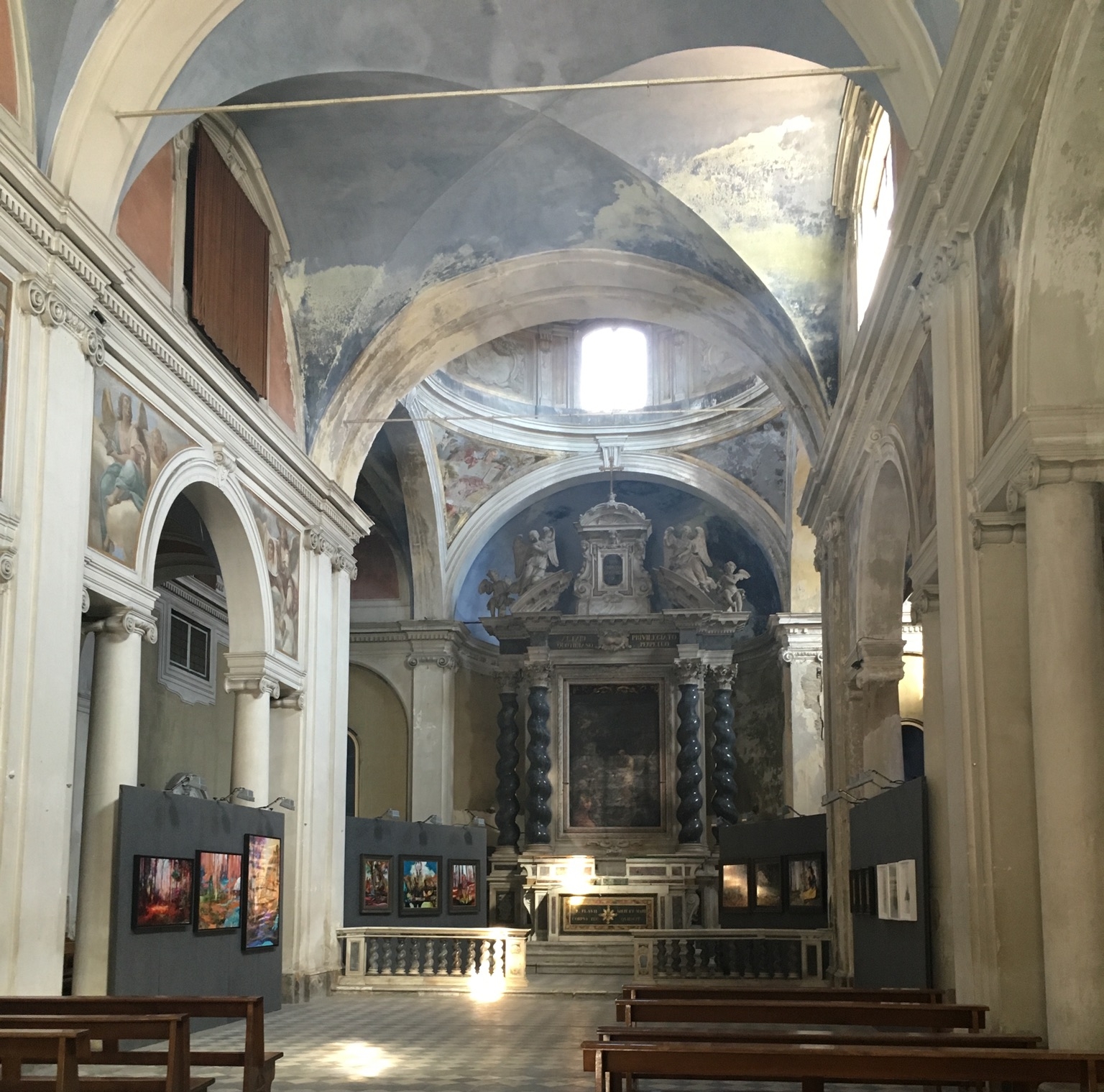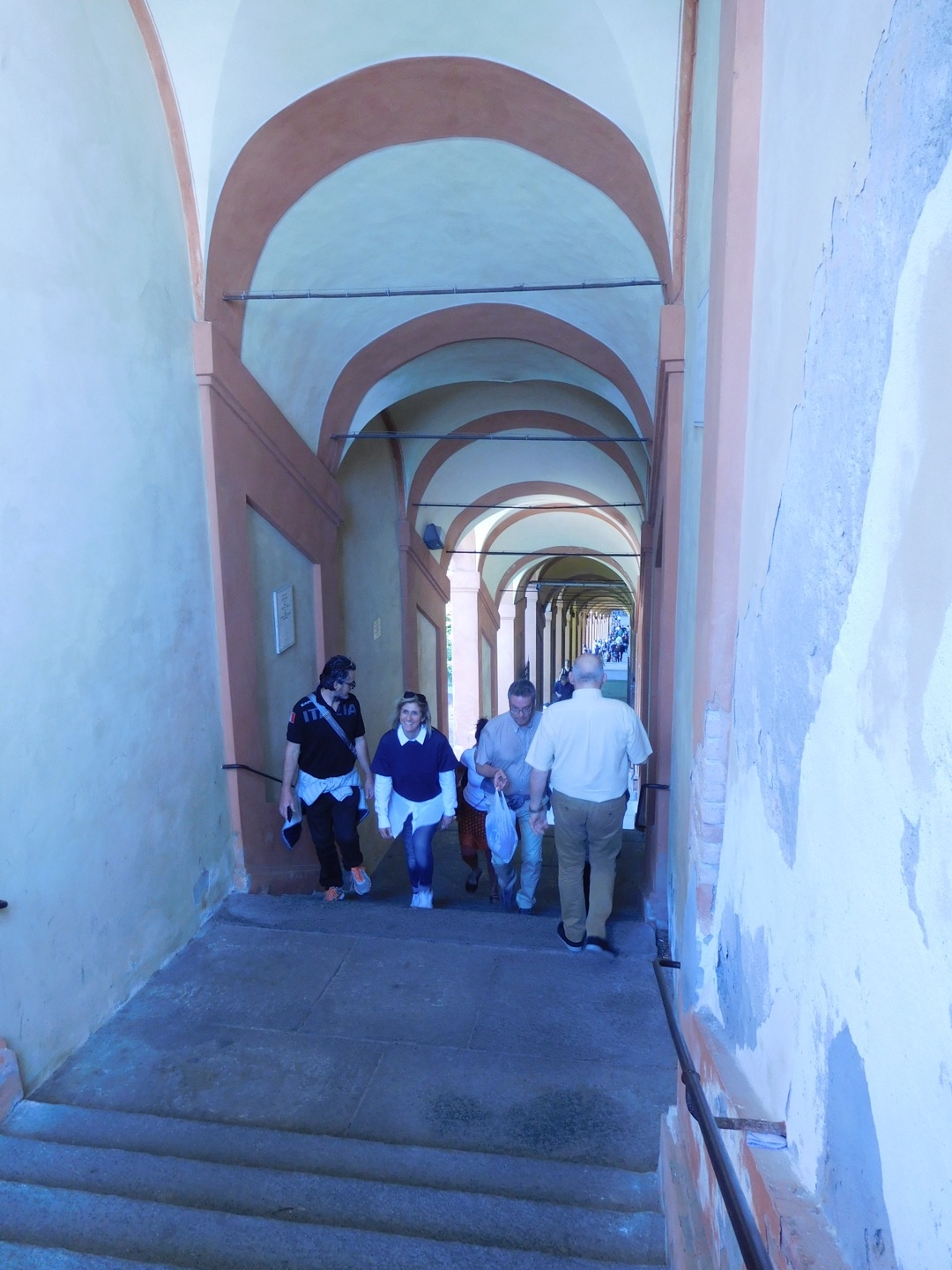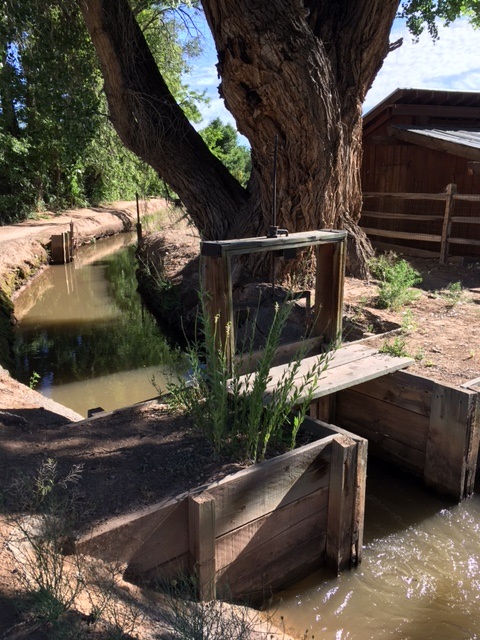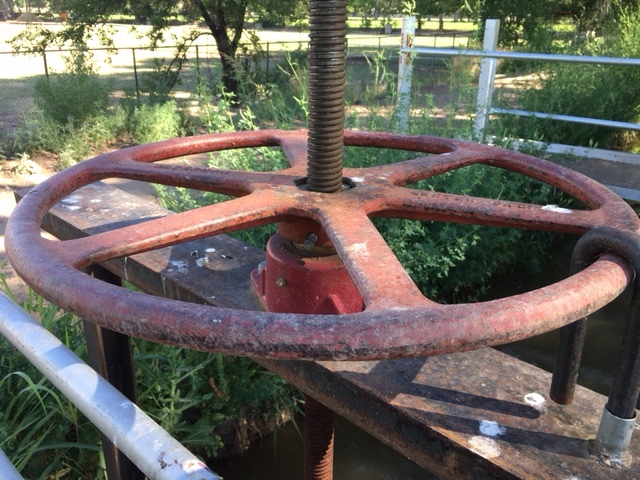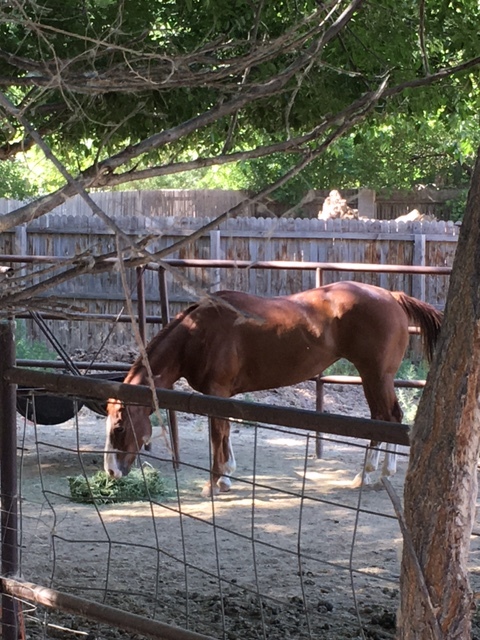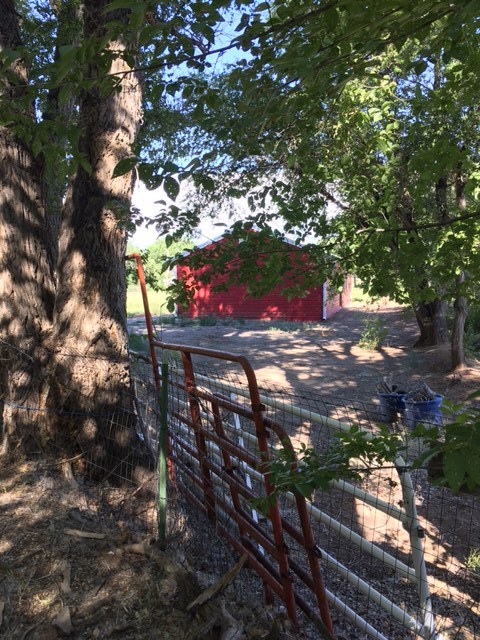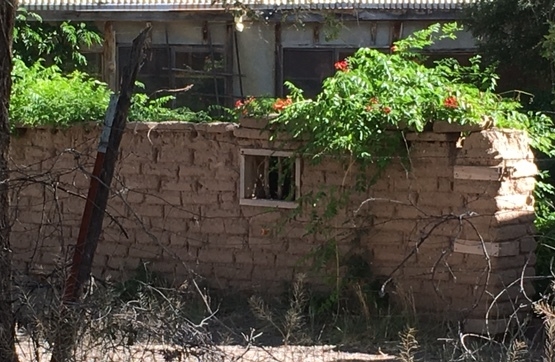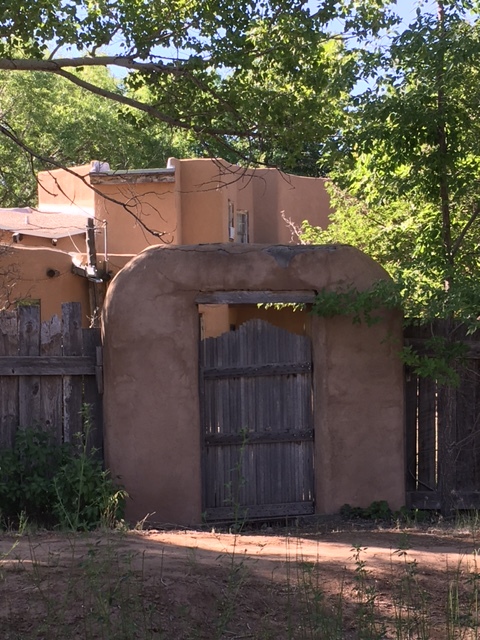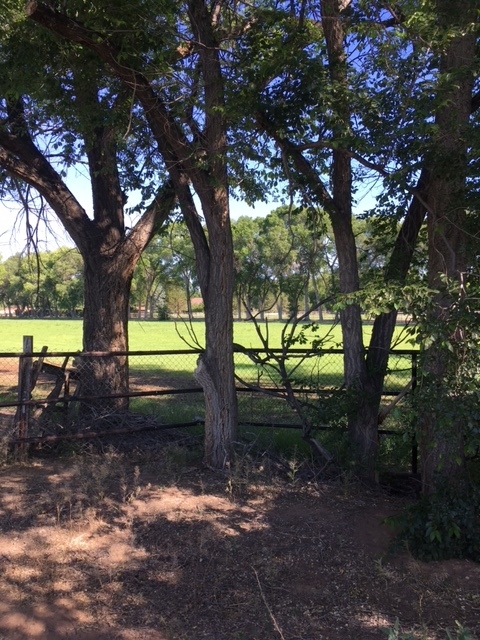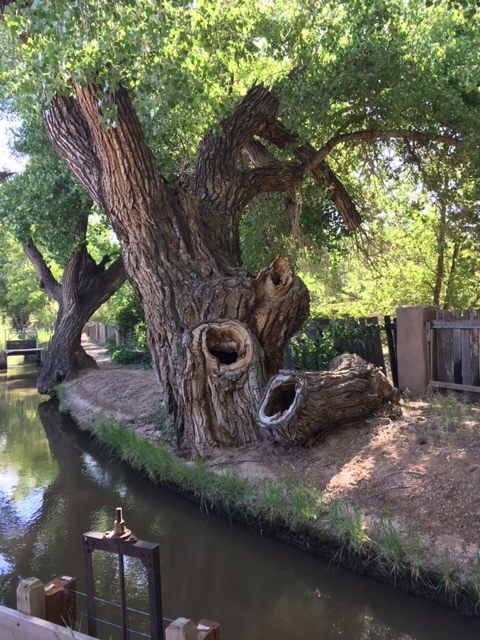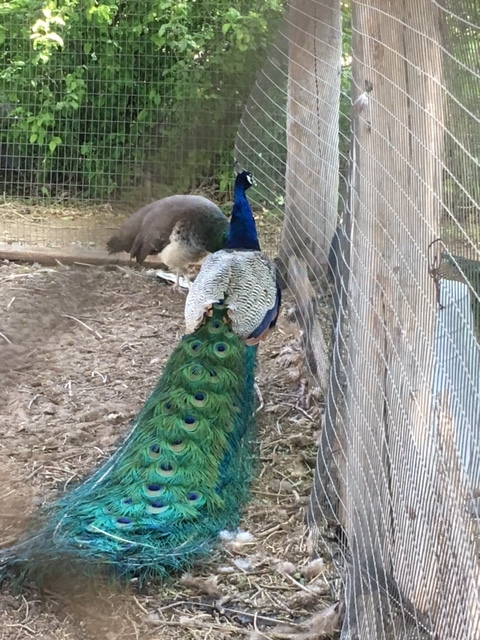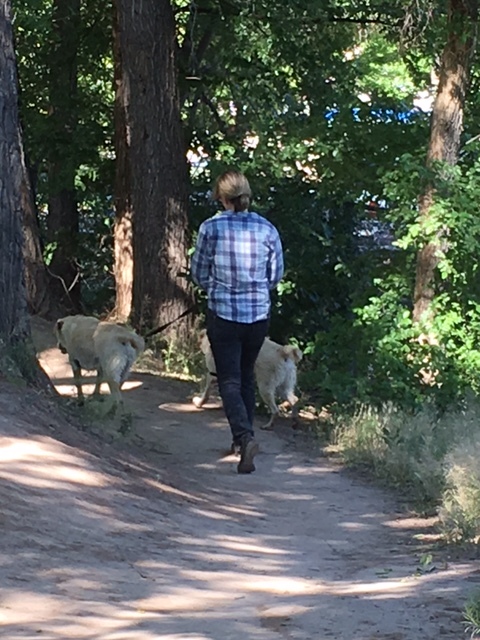Abbandonato
Lucca, like much of Italy, is a blend of medieval and Renaissance structures built atop the remains of a Roman city. Much has been preserved and restored - the Renaissance walls, the medieval city gates, Roman remains of an amphitheater and forum, streets, buildings, and churches that combine elements of all three eras.
Crocifisso dei Bianchi church, Lucca
Some churches have been lovingly maintained and are filled with art, beauty, candles and people. Others have been converted to performance spaces or galleries and some are abbandonato (abandoned), hidden from the public and rarely if ever open. One such church is the Crocifisso dei Bianchi on Via Crossifisso, within the walls of Lucca but in a less visited part of the historic center.
Holy water basin, Crocifisso dei Bianchi church, Lucca
A church has stood in this spot for more than 1,000 years. The current church, named for the group of white-robed penitents (Bianchi) who worshipped here around the year 1400, once housed a famous crucifix. The crucifix is now gone, housed elsewhere, and the church has been mostly abandoned and rarely open to the public for many years. What is it about abandoned places that makes me desperate for a peek inside?
Interior detail, Crocififfo dei Bianchi church.
Interior of the abandoned Crocifisso dei Bianchi church.
When I visit Lucca I often wander into wonderful surprises - a street-side concert, people in medieval costumes recreating events from long ago, a dance performance in a piazza, art shows. I'm thankful that my stays are long enough to allow me to wander the city and rearrange my day to take advantage of serendipitous events. Recently, my wandering was rewarded when I passed by the Crocifisso dei Bianchi church and found it open and hosting a small art exhibit.
The main altar, the best preserved portion of the church.
The art was interesting but it was the building - stripped of its famous crucifix, empty niches where art and sculpture once stood, crumbling in places and looking forgotten - that drew me in. The main altar was intact, with a single dark painting above it.
Fresco remnant, above the altar.
There were faded frescoes, marble floors, a beautiful choir loft, and the echoes of those long-gone Bianchi penitents in the air.
Front door of the church with choir loft above.
I loved spending time in the quiet and semi-dark interior and photographing this special place. My hope is that one day it will be restored and no longer abbandonato. -post by JMB
Fresco detail, Crocifisso dei Bianchi church
One of the side chapels of the church.
Fresco remnant from the domed ceiling above the altar, Crocifisso dei Bianchi church.





